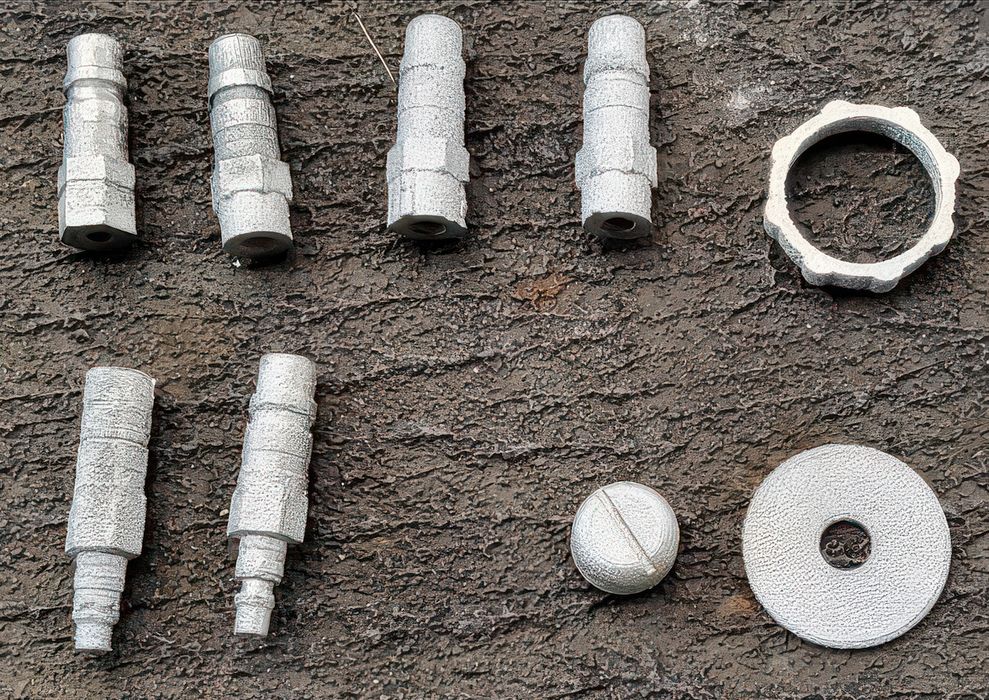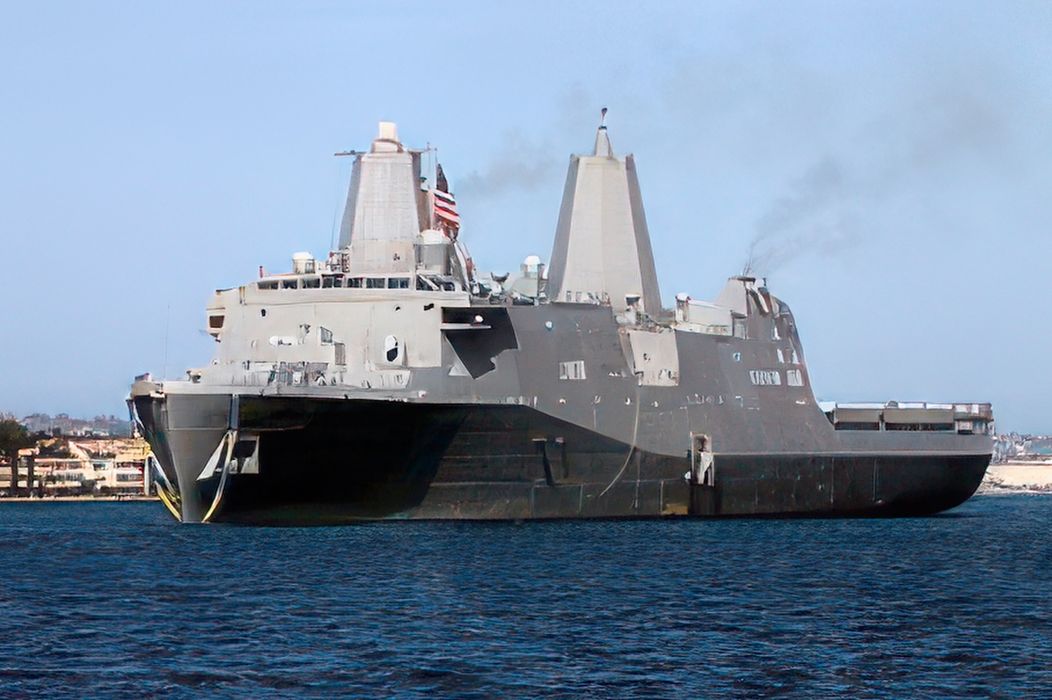
Interesting news from ADDiTEC: they’ve successfully tested LMJ liquid metal 3D printing on board a US Navy ship.
First, you might be wondering what ADDiTEC is doing with liquid metal printing: isn’t that a technology developed a decade ago by Vader Systems, and subsequently acquired by Xerox?
That is exactly what’s being used here. It turns out that ADDiTEC acquired the technology from Xerox a couple of months ago. A press release from August explains that Xerox sold off their Elem Additive Solutions business to ADDiTEC.
What exactly is LMJ? It’s a very different type of metal 3D printing that doesn’t use powder. Instead metal feedstock is melted, and then the resulting droplets are guided to the deposition location via magnetic fields. There is no other metal 3D printing technology quite like this.
In the experiment with the US Navy, ADDiTEC wanted to demonstrate that metal parts could be successfully printed while the ship was afloat. This might not sound like a big deal, but it is: powder-based metal 3D printers are not compatible with ship motion, so they cannot be used. The US Navy has been seeking alternatives that are feasible, and it turns out that LMJ is one of them.
The ability to create parts on demand shipboard is incredibly valuable, for two reasons.
First, if certain parts are broken and there are no spares aboard, the ship must head back to port for service. This takes the ship out of action for at the very least weeks, if not months.
Secondly, in order to counter the above situation, a ship might carry vast quantities of spare parts on board to handle any failure. These would take up space and more importantly weight: the ship is a moving object, and more energy is required to move it when it’s loaded with spare parts. Ironically, most of the spare parts inventory will never be used.
The better solution is to simply 3D print the metal parts required on demand, but that requires a 3D printer that actually works while on board.

That’s what happened. ADDiTEC explains:
”The U.S. Navy has successfully utilized the ElemX 3D printer based on ADDiTEC’s proprietary Liquid Metal Jetting (LMJ) technology to produce functional parts afloat.”
And:
“Recently, Navy Sailors printed essential parts using the containerized ElemX 3D printer on the USS San Diego while she was home ported in San Diego. The process proved to be remarkably efficient and straightforward, even in the challenging conditions of an active maritime environment. The printed parts were evaluated for quality and performance, with results indicating that the components were both acceptable and fully functional for their intended applications.”
The operators found the ElemX system not only succeeded in printing the parts, but that there were no issues with the workflow. They found the systems very easy to use.
ADDiTEC concluded:
“The ability to print high-strength aluminum alloy parts on demand represents a transformative shift in how the U.S. Navy can manage its resources and address maintenance challenges. This advancement not only improves operational readiness but also reduces dependency on traditional supply chains to mitigate contested logistics scenarios providing a strategic advantage for expeditionary and distributed maritime forces.”
They’re correct.
Via ADDiTEC
